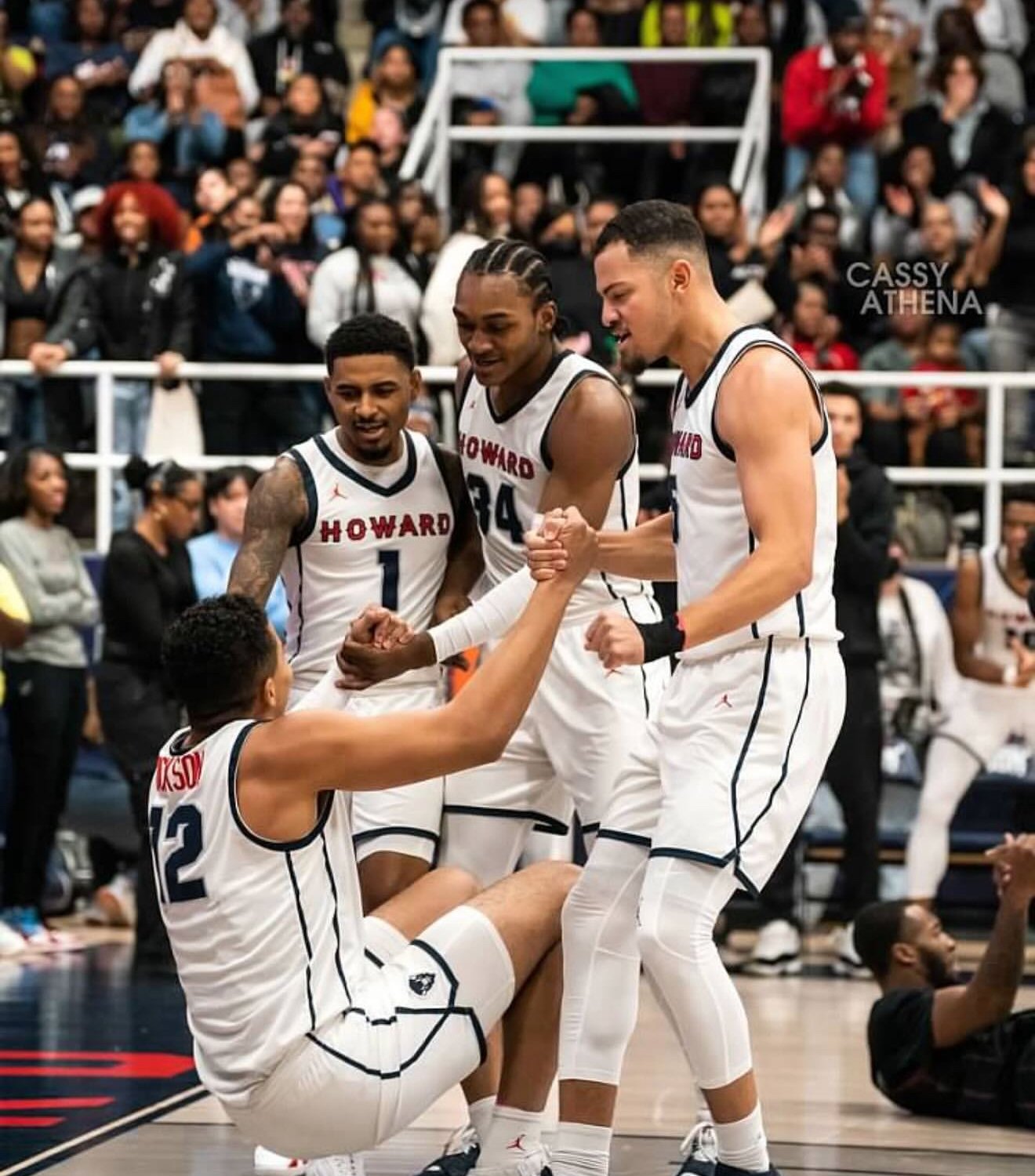Good morning, and thanks for spending part of your day with Extra Points.
This newsletter is brought to you by Short’s Travel Management
College sports are becoming increasingly more complicated, as anybody who reads this newsletter understands. Administrators need to juggle legal settlements, NIL budgets, the need to find new revenue sources, and oh yeah, the athletic, physical and emotional needs of hundreds of athletes.
The last thing anybody needs is something else to worry about. That’s where Short’s comes in. As a travel management company that completely specializes in college athletics travel, Short’s is there to help make sure your athletes arrive exactly where they need to, on time, on budget, every time.

Short's Travel Management. Team Travel Made Easy.
I’ve spent a lot of time over the last year writing about several structural threats to the current college sports model, and I’m sure I’ll continue to write about them more in the future. Those include antitrust exposure from House, potential employment classification from the NLRB or federal courts, the death by a thousand cuts of state level lawsuits that chip away the NCAA’s ability to enforce anything, and the demographic changes in this country that could push hundreds of colleges to the enrollment brink.
But there’s another threat out there that hasn’t been talked about as much in the college sports press…but can certainly throw a wrench in the plans of dozens of colleges.
FAFSA has been a giant mess this cycle, and it might not get better in the immediate future
For those of you who don’t have high school-aged children or forgot what the college applications process is like, just about every college-bound student fills out a FAFSA (Free Application for Federal Student Aid) application. This form helps determine if students can get awards like Pell Grants, Work-Study programs, and more.
Back in 2020, Congress required the US Department of Education to figure out a way to make FAFSA easier to complete. The rollout of the “new” FAFSA has been a disaster, with technical errors making it harder to actually complete the application, or worse, for the Department of Education to actually process the applications.
If the DOE can’t process the forms, then individual schools couldn’t calculate exact aid packages…which meant that some students could get the information they needed to enroll in college.
A recent report from the Century Foundation suggested that the delays and technical problems with FAFSA, big surprise here, “disproportionately affected low-income Black and Latino students.” In some states, like Alabama and Mississippi, FAFSA completion rates “declined by more than 25 percent” compared to last year.
There are two direct college sports ties to this problem. For one, we have to remember that hundreds of schools across the country, from DI to the NAIA, are facing major enrollment pressures due to demographic change, the so-called “Enrollment Cliff”. If a school’s new enrollment profile was centered around serving students who were more likely to be first-generation college students, or to come from higher poverty states, or from more marginalized communities, their enrollment problems could be magnified in the short term because tens of thousands of those students couldn’t get their financial aid packages set up correctly.
You can’t have a healthy college athletic program if you don’t have a healthy college. Just ask Birmingham Southern.
But even if your school isn’t necessarily facing an immediate catastrophic enrollment threat, FAFSA delays can create massive athlete recruiting problems.
For FBS football and D1 college basketball, FAFSA is typically less of an issue, since athletic scholarships cover the full cost of student attendance, (and then some). But most athletic scholarships across DI and DII are not full scholarships, and DIII schools can’t offer them at all. That means coaches, admissions counselors and other administrators have to really care about maximizing other financial aid options, from federal programs to state scholarships to private grants.
Without knowing what kind of aid their students are eligible for, trying to figure out how to “manage your salary cap room” for athletic scholarships can be almost impossible. Over March and April, I heard from several DIII coaches (football, baseball, soccer, etc) and DII and DIII ADs who expressed frustration and concern with how the FAFSA problems impacted their ability to fill rosters and have program stability.
How a future Department of Education will seek to fix these problems is an important national story. This might not be the biggest problem that college sports is facing at the moment, but for the smaller schools, it’s often a more immediate threat to their day-to-day world than anything happening with the SEC, Big Ten, and antitrust litigation.
Hey, did you know you can get free stuff just by sharing Extra Points with your friends?
It’s true! I pay for some social media ads to grow Extra Points, and I’ll look at other marketing campaigns as well, but one of the most effective ways this newsletter has grown since 2020 has always been word of mouth.
If you refer just two people to Extra Points (as free subscribers), I’ll give you a month of premium access and a copy of my What If book, on the house. If you refer seven, I’ll send you the current draft of my second book project. I’ve got other prizes on there too, including gift cards to Homefield Apparel.
Share Extra Points with your athletic department colleagues, Twitter followers and more, right here:
Speaking of D-II and D-III, FloSports is making a big bet on broadcast rights in this space
Paywalls in the small college space aren’t totally new. I wrote about FloSports signing a broadcast rights deal with the SAC and GLIAC of D-II back in August 2022. I also wrote last July about the Landmark Conference, in D-III, signing a similar agreement.
The feedback I’ve gotten about these deals has been…mixed. Most administrators I’ve spoken with, especially recently, have come around to the idea of moving more broadcasts behind a paywall, if only to generate enough revenue to produce a high-quality broadcast. I’ve certainly heard from a few D-II professionals who have expressed frustration with the exposure tradeoffs that come from paywalls, which not everybody has felt was worth the money, but I hear more positive feedback than negative.
From fans and other reporters, I’d say the feedback has been more negative, with complaints about pricing, broadcast quality, and exposure being the biggest concerns. My personal opinion is that many of those complaints have merit, some do not, and the “best” decision is probably very dependent on institutional market and goals.
But for those who are deeply opposed to paying to watch small college broadcasts, I have some bad news. The early rights contracts have gone well enough for FloSports that they’ve decided to double down, if not triple down, on the concept.
While I was at NACDA, Flo announced FloCollege, a new platform to house all of their DI, DII and DIII broadcast and editorial coverage. FloSports “plans to invest more than $50 million dollars into FloCollege to support rights fees, production, content, product technology and marketing.” Current partners include the CAA (D1), GLIAC, NEWMAC, CCAA, SCIAC and GSC, with more announcements coming.
I’m told that part of the plan is to essentially seek to become something of an ESPN+ for small college athletics, with a central hub consolidating shoulder programming, editorial content and improved broadcast discoverability. That discoverability is a major reason why so many low-major conferences keep signing with ESPN, even though the Worldwide Leader usually isn’t offering the highest rights fees. It’s the “safe” play.
I don’t know to what extent paywalling, in general, will be seen as the “safe” move in DII and DIII, and if it is, if FloSports will maintain a market leading position. Perhaps if the sustainability of DI looks more and more tenuous, smaller conferences will decide to get more aggressive in generating their own revenue. Or maybe instability in DI will push some presidents to go even harder in the other direction, rejecting any trappings of monetization and commercialism.
I don’t know where it ends, and I don’t know enough to suggest what any individual school ought to do. But I’m interested in the commercial potential of small college rights as a product. It looks like Flo, and several other conferences, are too.
You can get every newsletter I write, from conference realignment updates to EA Sports College Football 25 news and more, by upgrading to a premium subscription. It’s just eight bucks:
I’m going to hit the phones now. Have a great week, and I’ll see you on the internet.



















